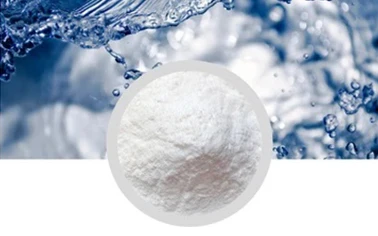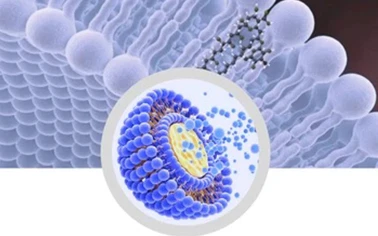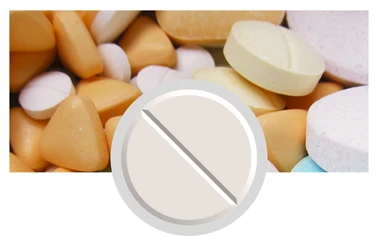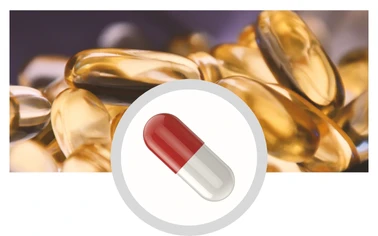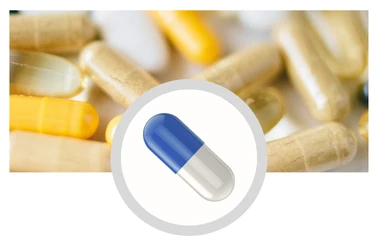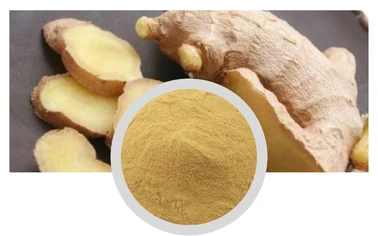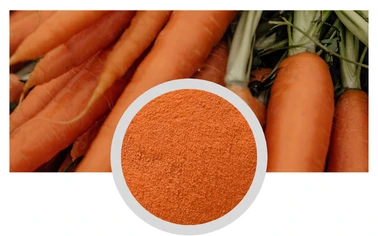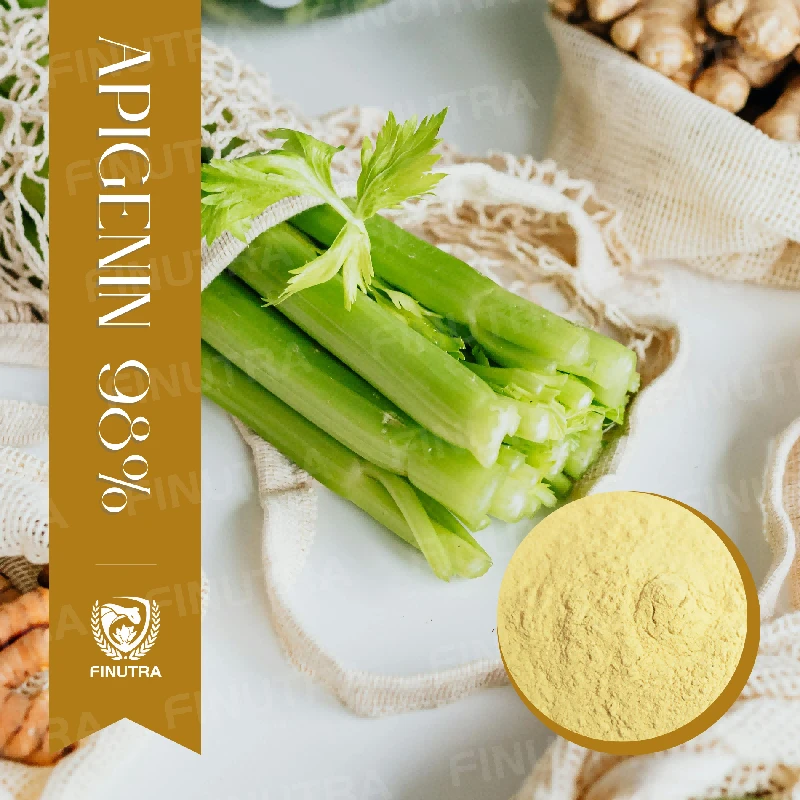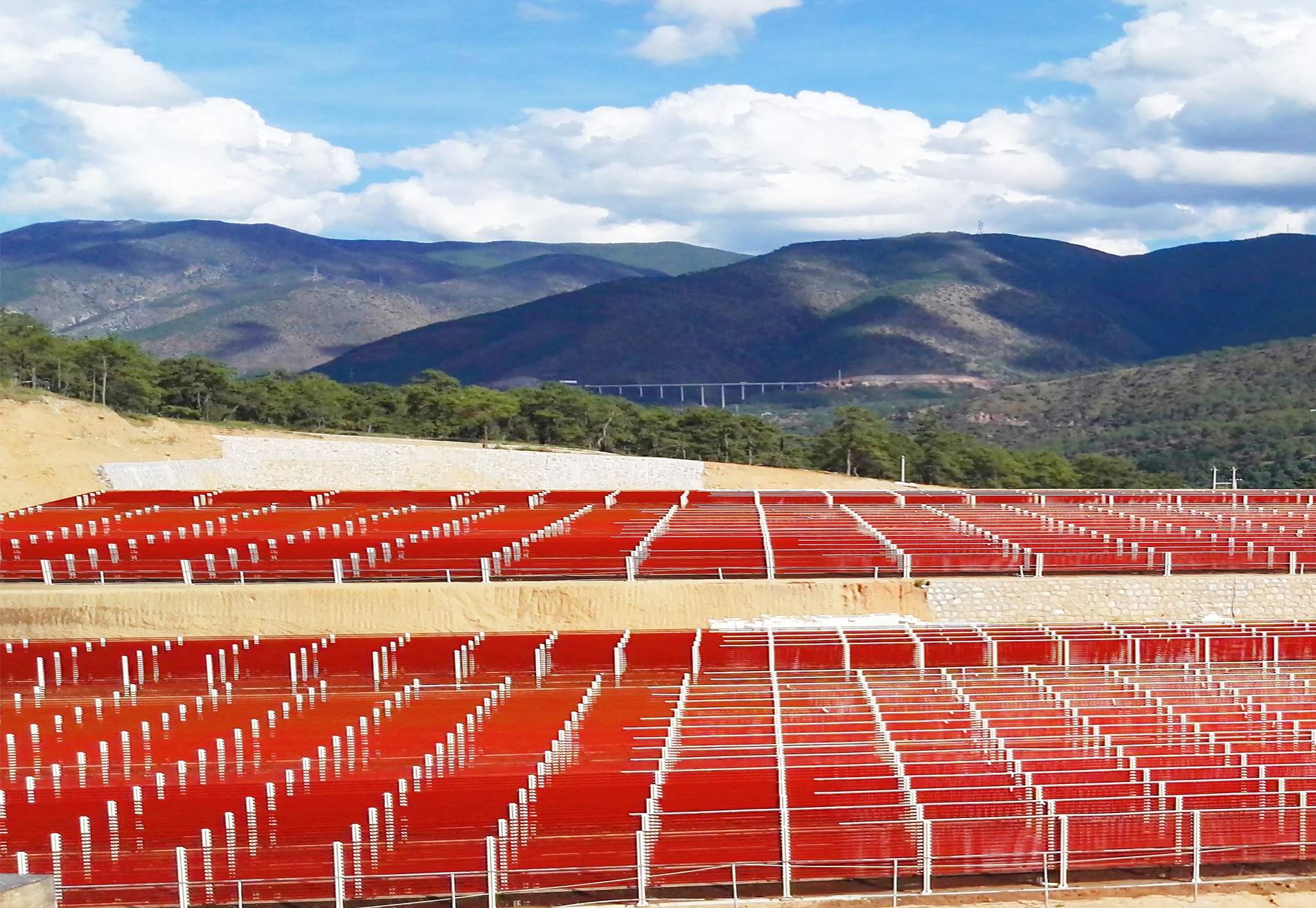comment faire un extrait de plante
Creating plant extracts at home can be both a rewarding hobby and a practical skill for those interested in natural products. With the rising demand for natural skincare products, herbal remedies, and organic solutions, knowing how to make a plant extract can give you a head start in the ever-growing organic product industry. Here's a comprehensive guide on making plant extracts, emphasizing experience, expertise, authoritativeness, and trustworthiness.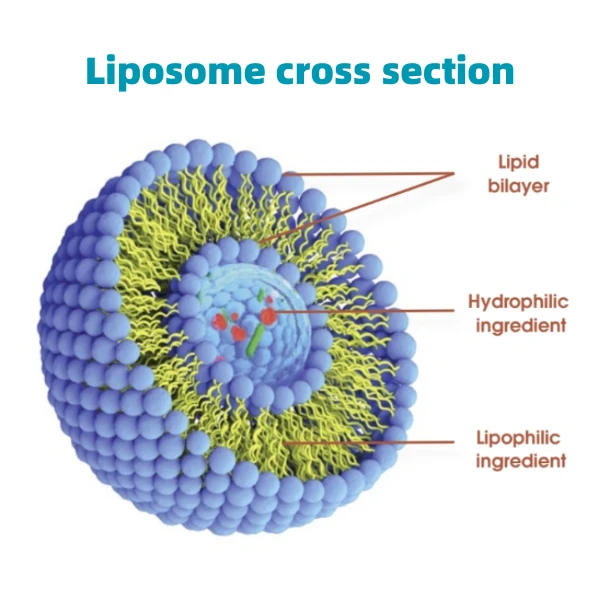
Selecting the Right Plants
Choosing the right plant is the first critical step. Focus on plants that you know are safe and effective for the purpose you're targeting, whether it's for skincare, tinctures, or aromatherapy. Popular choices include lavender for its soothing properties, chamomile for its calming effects, or peppermint for its invigorating scent. Always source your plants from reputable suppliers or grow them yourself to ensure they are free from pesticides and other harmful chemicals.
Preparation of Plant Material
Proper preparation of plant material is crucial for an effective plant extract. Begin by washing the herbs or flowers under cold water to remove any impurities. Once cleansed, allow them to dry completely as moisture can dilute your extract and encourage mold growth. For optimal results, chop the plant material into small pieces to increase the surface area for the extraction process.
Choosing the Right Solvent
The solvent used in the extraction process plays a significant role in determining the quality and type of extract you will produce. Ethanol is the most commonly used solvent due to its ability to extract a wide range of active compounds. Glycerin or apple cider vinegar can be used as alternatives, especially for alcohol-free extracts. Whatever your choice, ensure the solvent is of high quality and safe for intended use.
The Extraction Processcomment faire un extrait de plante
1. Place the prepared plant material into a clean glass jar, filling it about two-thirds full.
2. Pour your chosen solvent over the plant material until it is completely submerged. Ensure there's at least an inch or two of extra solvent above the plant material.
3. Seal the jar tightly to prevent evaporation and contamination.
4. Store the jar in a cool, dark place to prevent degradation by heat or light.
5. Allow the mixture to steep for 4-6 weeks, shaking the jar gently every few days to ensure the plant material is evenly exposed to the solvent.
Filtration and Storage
Once the extraction period is over, use a fine mesh strainer or cheesecloth to strain the liquid into a clean vessel, ensuring all plant material is filtered out. To further clarify the extract, consider using a coffee filter or tincture press as a second filtration step.
Transfer the final extract into a dark glass bottle to protect it from light, which can degrade the quality over time. Label the bottle with the date and type of extract for easy reference. Store in a cool, dry place to maximize shelf life.
Applications and Safety
Before using your homemade plant extract, it's prudent to perform a patch test, especially with skincare applications, to ensure there's no adverse reaction. Plant extracts can be potent, so always consider the appropriate dilution based on their application. Follow expert resources or consult with a professional for specific guidance on dosage and application methods.
In conclusion, making plant extracts requires a balance of scientific rigour and an appreciation for natural processes. As you develop your skills and understanding, you'll be able to create high-quality, effective extracts tailored to your needs. This ancient craft, enriched by modern knowledge and standards, allows one to engage closely with nature, creating a profound connection through tangible, beneficial products.
Post time:Jan - 11 - 2025
RECOMMANDATION DE NOUVELLES





